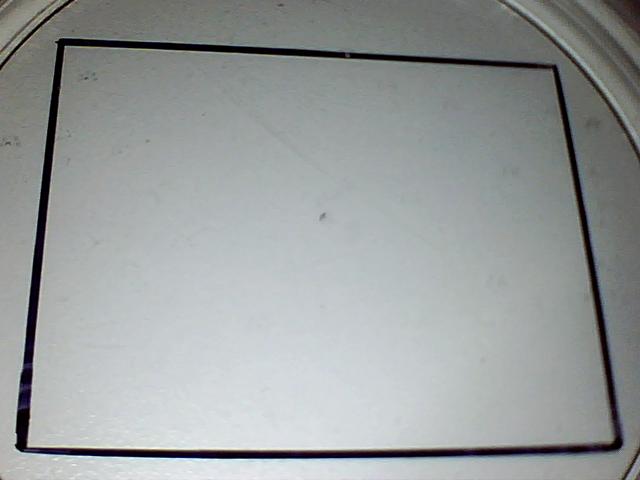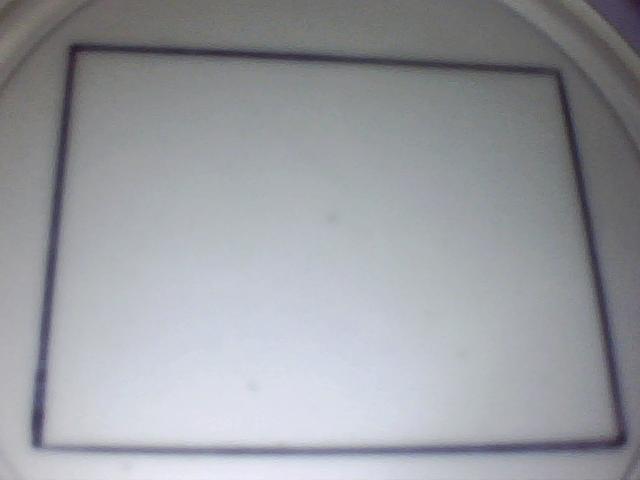Indice del volumen Volume index
Comité Editorial Editorial Board
Comité Científico Scientific Committee
Letters to the Editor / Cartas al Editor
TELENEPHROLOGY APPLIED TO PERITONEAL DIALYSIS. COMPARISON OF THE DIAGNOSTIC OF THE KIND OF PERITONEAL DRAINAGE BY DIRECT VISUALIZATION VS INDIRECT ONE (DIGITAL)
Musso C1, Aguilera J2, Rivera H1, Rodriguez Macias E1,
Iriarte A1, Baum A2, Luna D2
1Nephrology Service, 2Informatics Medicine.
Hospital Italiano de Buenos Aires.
Argentina.
carlosmusso @ gmail.com
Rev Electron Biomed / Electron J Biomed 2012;2:65-67.
To the Editor:
Telemedicine consists of the exchange of medical information using a means of electronic communication in order to improve patient's health. Among its resources we can include the use of diagnostics based on sending digital images which correspond to clinical lesions or biological materials1.
Evaluations based on direct observation of the drained peritoneal fluid are frequent (DPF)2. We decided to evaluate if direct observation or indirect (digital image) of the DPF could mean a significant difference in the result of the evaluation: clear vs. cloudy.
For this purpose, a device was designed (WEB camera, stand, container for DPF and platform) to obtain a standard photo of the DPF. The reliability of the device was checked before the study. Digital photos of 20 samples of DPF were obtained: 10 normal (clear) and 10 pathological (cloudy), whose evaluation was conducted by a specialized observer and blind to the result of the cytological analysis of such samples as well as the clinical case which preceded it. Statistical analysis was performed applying McNemar test.
In our study, no significant difference was documented regarding the diagnostics obtained between direct and indirect observation (photo) for both types of DPF: normal or pathological (Figures 1 and 2).
Informatics nephrology has emerged in the last years as a product of the fusion between conventional nephrology and informatics in health, with a considerable development in the assistance field as well as the academic one. Regarding the welfare field, there is increasing evidence that informatics technology can turn nephrology assistance not only into a higher quality service (effective, accessible, safe and satisfactory), but also leads to more patient's adherence, optimization of the patient's time as well as the professional one, gain of more physical space, and a significant reduction in the sanitary costs. One of its branches consists of telenephrology, which is when a nephrologist remotely assists a renal patient using the phone, e-mail and/or videoconference. It can also be used as a method to send information to the nephrologist: Photos, reports of studies, medication prescribed by other doctors in need of adjusting the doses, etc., can also be used as a method to send information to the nephrologist1.
In the present study, we evaluated the potential of telenephrology applied to the practice of peritoneal dialysis, more specifically, the evaluation of the characteristics of DPF. In our experience the evaluation of DPF by means of observation of a digital photo did not differ from that obtained by direct observation. This means that perhaps the digital photo of DPF sent by the patient to his nephrologist via the internet could facilitate the diagnostic and treatment of peritoneal complications, especially in those patients who live far from their dialysis center.
In our experience, the evaluation of the peritoneal fluid through the observation of a digital photo did not differ from that obtained through its direct observation.

Figure 1: normal peritoneal fluid

Figure 2: cloudy peritoneal fluid
REFERENCES
1.- Musso CG, Aguilera J, Luna D, González Bernaldo de Quirós F. Nefrología Informática: la nueva frontera renal. Dialisis y Trasplante. 2011;72: 1-4
2.- Krediet R. The physiology of peritoneal solute transport and ultrafiltration. In Gokal R, Khanna R, Krediet R, Nolph K. (Eds). Textbook of peritoneal dialysis. Dordrecht. Kluwer Academic Publishers. 2000: 137-172
CORRESPONDENCE:
Carlos G. Musso MD, PhD.
Nephrology Service
Hospital Italiano de Buenos Aires
Argentina
carlosmusso @ gmail.com
Received: May 30, 2012.
Published: June 10, 2012
